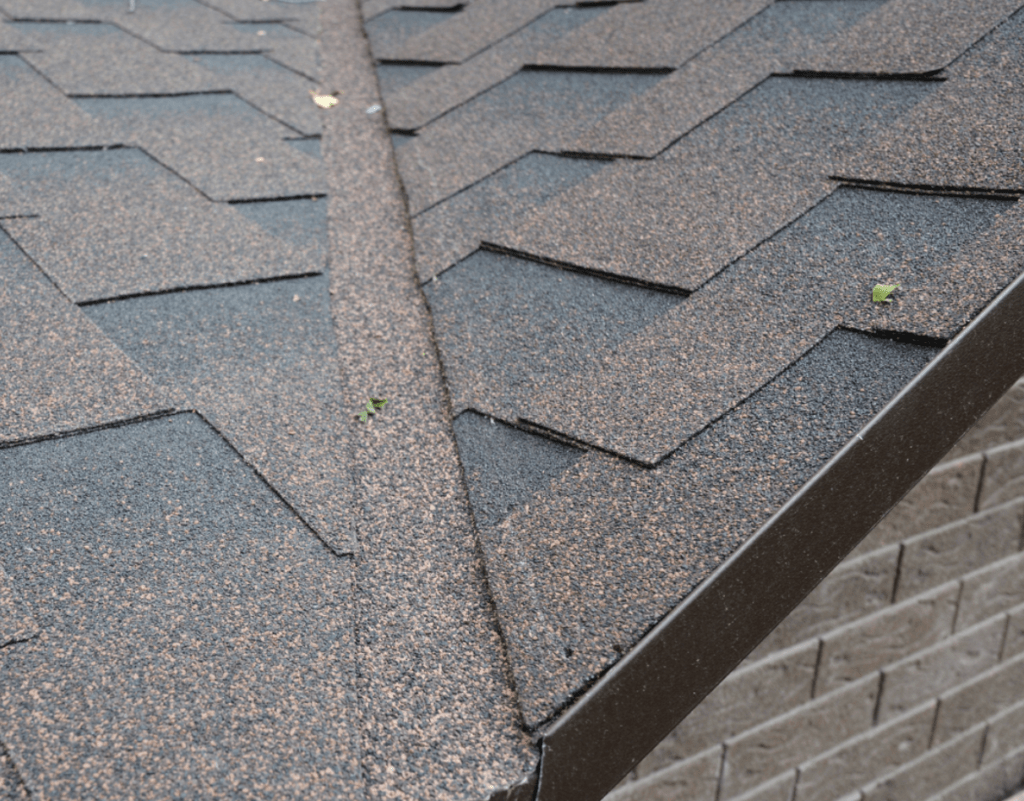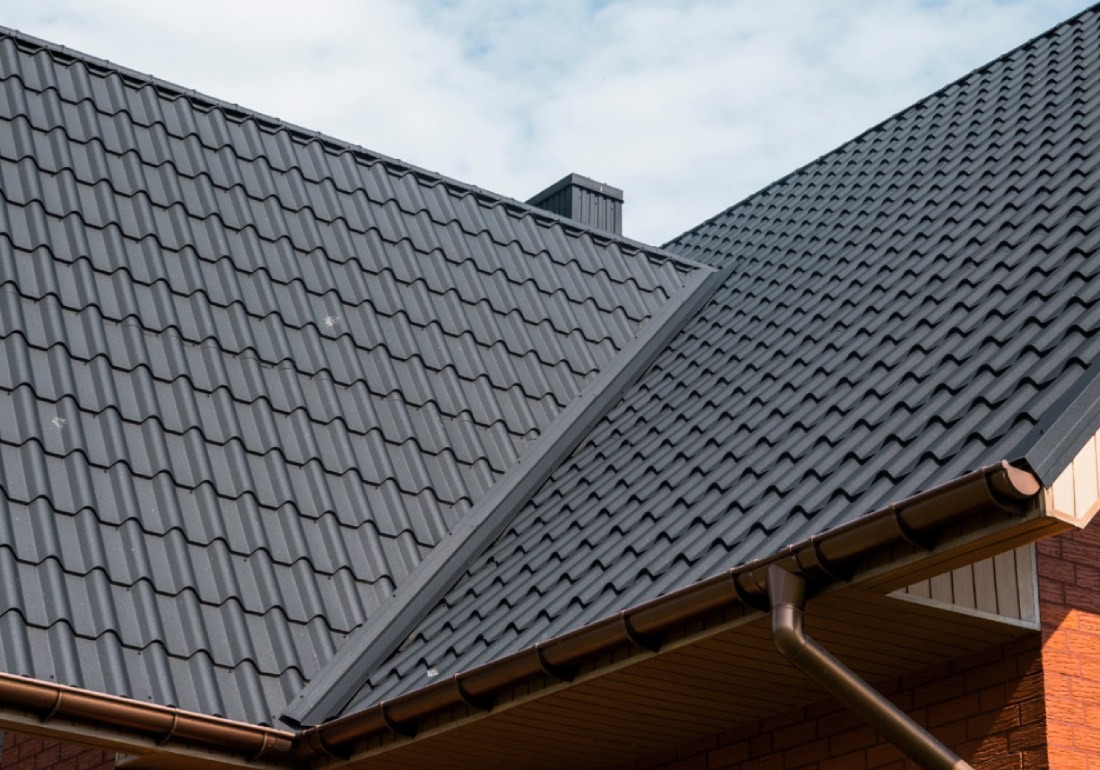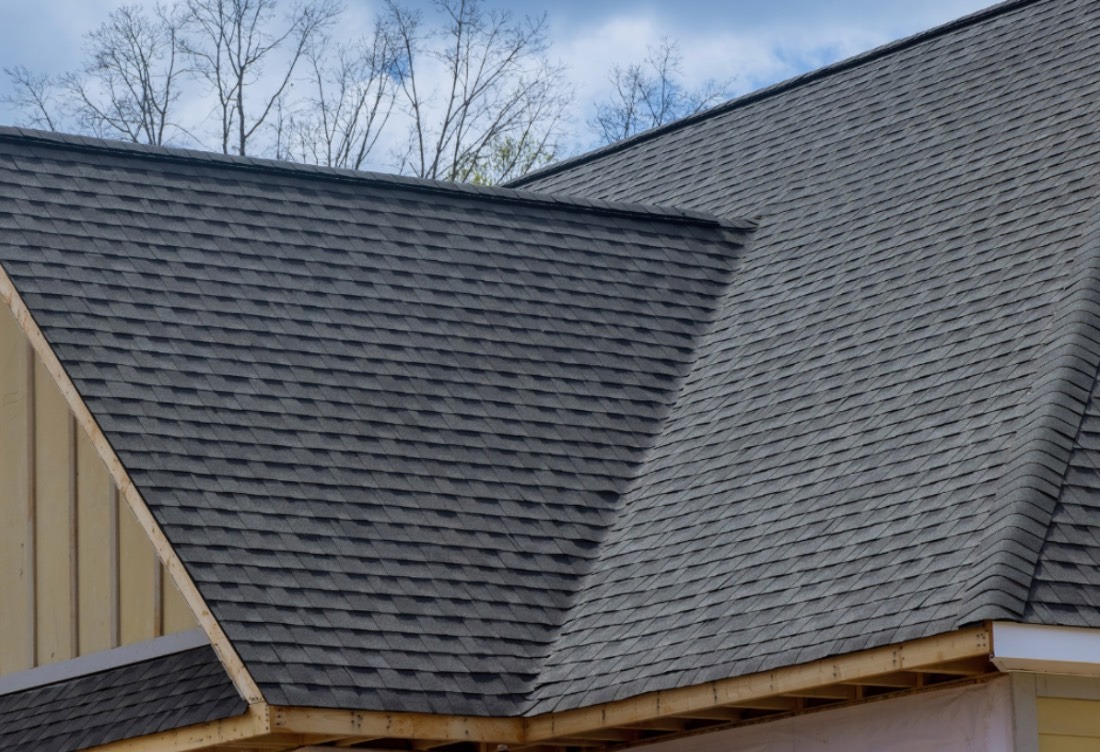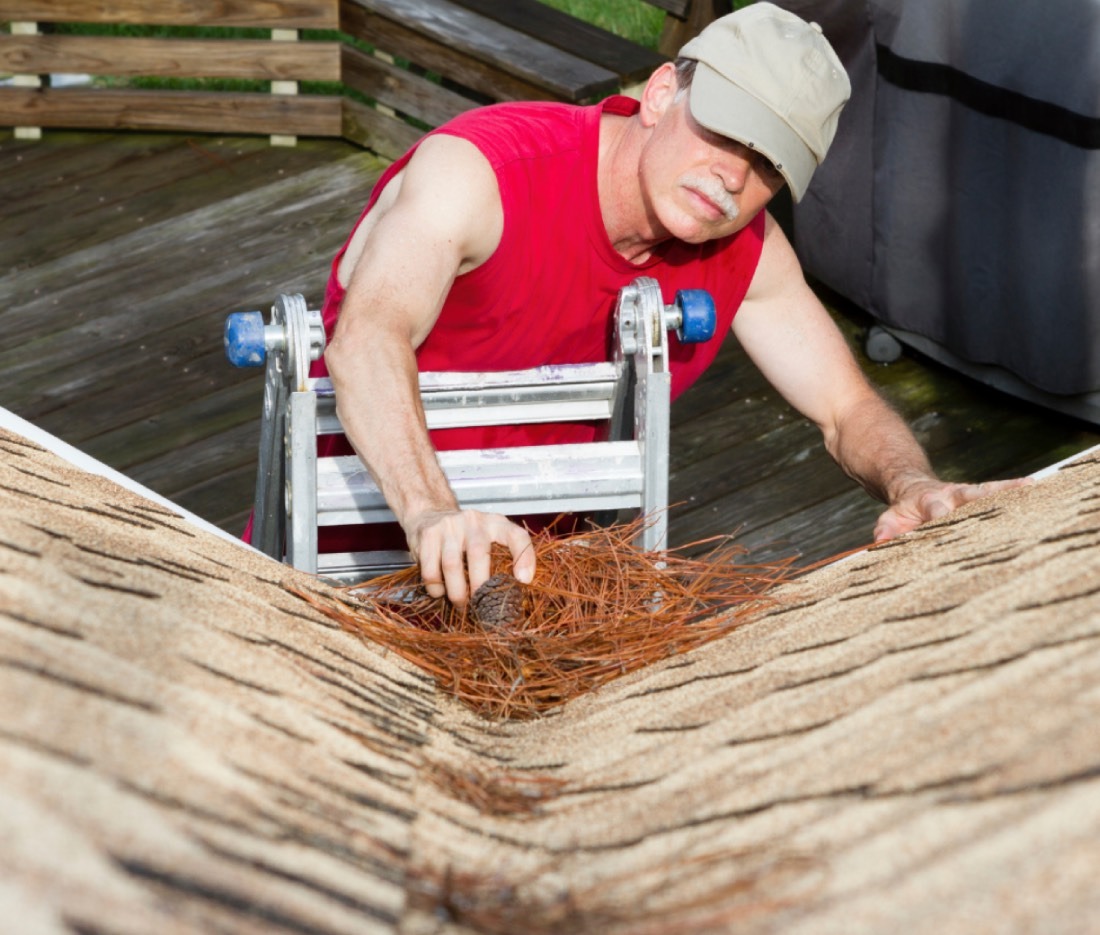Roof valleys are a crucial part of your home’s roofing system. They guide rainwater off your roof, protecting your home from potential water damage.
However, these areas are also prone to wear and tear. Neglecting maintenance can lead to serious issues like leaks and structural damage.
In this article, we’ll guide you through the process of maintaining your roof valleys. We’ll cover everything from identifying signs of damage to performing regular inspections and cleaning.
We’ll also discuss when it’s time to call in professional roofing contractors. Sometimes, a DIY approach might not be enough, and expert help is needed.
Understanding Roof Valleys
Roof valleys are the V-shaped metal channels found where two roof slopes meet. They play a crucial role in your home’s roofing system.
Their primary function is to direct rainwater off the roof. This helps prevent water from pooling and causing damage.
However, due to their function, roof valleys are exposed to a lot of water. This makes them susceptible to wear and tear.
Understanding their role and importance is the first step towards proper maintenance. This knowledge can help you prevent potential issues and extend the lifespan of your roof.
What is a Roof Valley?
A roof valley is a part of the roof where two slopes intersect. It forms a channel that directs rainwater off the roof.
These channels are typically made of metal, asphalt, or rubber. The choice of material can affect the lifespan and maintenance needs of the roof valley.
Understanding what it is and how it functions can help you better maintain it.
The Importance of Roof Valley Maintenance
Maintaining your roof valleys is crucial for the overall health of your roof. Neglected roof valleys can lead to leaks, structural damage, and costly repairs.
Regular maintenance can help you spot potential issues early. This allows you to address them before they escalate into major problems.
In the long run, proper roof valley maintenance can save you time, money, and stress. It’s an investment in the longevity of your home.
Common Roof Valley Materials and Their Lifespans
Roof valleys can be made from a variety of materials. The most common ones are metal, asphalt, and rubber.
Each material has its own set of advantages and disadvantages which can affect the lifespan and maintenance needs of your roof valley.
For instance, metal roof valleys are durable and long-lasting. However, they can be prone to rust if not properly maintained.
On the other hand, asphalt and rubber are more affordable. But they may not last as long as their metal counterparts.
Metal, Asphalt, and Rubber Roof Valleys
Metal roof valleys are popular because of their durability. They can last for decades with proper care. However, they require regular inspections for rust and corrosion.
Asphalt is a cost-effective option. It is easy to install and repair, however, they may need to be replaced more frequently.
Rubber, while less common, offers flexibility. They can be a good choice for complex roof designs. But they may be more susceptible to damage from extreme weather conditions.
Understanding the pros and cons of each material can help you make informed decisions about your maintenance.
Signs of Roof Valley Wear and Damage
Regular inspection of your roof valley is crucial. It helps you spot signs of wear and damage early on.
Common signs of damage include cracks, rust, and blockages. These can lead to leaks and other serious issues if not addressed promptly.
Cracks can occur from weathering or physical impact. Rust is common in metal roof valleys and can weaken the structure over time.
Blockages are usually caused by debris like leaves and twigs. They can prevent water from flowing off the roof properly.
Identifying Cracks, Rust, and Blockages
Cracks in your roof valley can be hard to spot. They often start small and widen over time. Regular inspections can help you catch them early.
Rust usually appears as reddish-brown spots or streaks on metal roof valleys. It can eat away at the material and cause holes over time.
Blockages are easier to spot. Look for piles of leaves, twigs, or other debris. These can trap water and cause it to seep into the roof structure.
Early detection of these issues can save you from costly roof repairs in the future.
Step-by-Step Roof Valley Inspection
Inspecting your roof valley is a task you can do yourself. However, it’s important to take safety precautions.
Start by choosing a dry, calm day for the inspection; wet roofs can be slippery and dangerous.
Next, use a sturdy ladder to access your roof. Make sure it’s secure before you climb.
Once on the roof, do a visual inspection. Look for signs of damage like cracks, rust, or blockages.
Take note of any areas that need attention. You can use these notes later when making repairs or consulting with roofing contractors.
If you’re uncomfortable doing this yourself, you can always hire a professional.
How to Safely Inspect Your Roof Valley
Safety should be your top priority when inspecting your roof valley. Always use a sturdy ladder and wear non-slip shoes.
Avoid walking directly on the roof valley if possible. This can cause damage and increase the risk of slipping.
Instead, try to inspect the roof valley from the edge of the roof. Use binoculars if necessary to get a closer look.
If you notice any serious damage, don’t attempt to fix it yourself. Call a professional roofing contractor instead.
Regular inspections can help you spot issues early and save on roof repair costs in the long run.
Cleaning and Debris Removal from Roof Valleys
Keeping your roof valleys clean is crucial for their proper functioning. Over time, debris like leaves, twigs, and dirt can accumulate.
This debris can block the flow of water, leading to pooling. In turn, this can cause leaks and other damage.
To clean your roof valleys, start by removing large debris by hand. Be careful not to damage the roof material.
Next, use a soft brush to gently sweep away smaller debris. Avoid using a pressure washer as it can cause damage.
Finally, inspect for any signs of damage. If you spot any, consider calling a professional for roof repairs.
Ensuring Proper Water Flow and Preventing Blockages
Ensuring proper water flow in roof valleys is key to preventing leaks and other issues. Blocked roof valleys can lead to water pooling and seeping into your home.
Regular cleaning can help prevent blockages. Aim to clean your roof valleys at least twice a year, or more often if you live in a heavily wooded area.
If you notice water pooling in your roof valleys even after cleaning, there may be a larger issue at play. This could be a sign of improper installation or damage.
In such cases, call a professional. Roofing contractors have the expertise to diagnose and fix these issues.
Roof Valley Flashing and Sealing
Roof valley flashing is a critical component of your roof. It’s a thin material, usually metal, that directs water off your roof.
Over time, flashing can become damaged or loose. This can lead to water seeping into your home.
- Regularly check your flashing for signs of damage. Look for rust, cracks, or loose sections.
- If you spot any issues, it’s time for some roof repairs. You may be able to fix minor issues yourself, but for major problems, it’s best to call in the professionals.
- Proper sealing is just as important as the flashing itself. The sealant helps prevent water from getting under the flashing.
Checking and Repairing Flashing and Sealant
Checking your roof valley flashing and sealant is a crucial part of roof maintenance. Start by visually inspecting the flashing. Look for any signs of damage or wear.
If you spot any issues, it’s time to take action. Minor problems like small cracks or loose sections can often be fixed with a bit of sealant.
However, if the flashing is severely damaged or missing entirely, call in the professionals. Roofing contractors have the skills and tools to properly install and repair flashing.
Remember, a well-maintained roof valley can save you from costly roof repairs down the line. So, don’t neglect your flashing and sealant.
Finally, always ensure your sealant is in good condition. It should be smooth and free of cracks. If it’s not, you’ll need to apply a new layer to keep your roof valley watertight.
When to Call Professional Roofing Contractors
While DIY maintenance can help prolong the life of your roof valley, there are times when professional help is needed.
- If you notice extensive damage or wear, call a roofing contractor. This includes large cracks, missing sections of flashing, or severe rust.
- If your roof valley is consistently leaking despite your best efforts, a professional can help identify and fix the problem.
- If you’re uncomfortable or unsure about performing maintenance or repairs yourself, it’s always safer to hire a professional.
Recognizing the Need for Expert Roof Repairs
Recognizing when to call in the experts for roof repairs is crucial. If you’re dealing with persistent leaks, it’s a clear sign that professional help is needed.
Similarly, if you notice extensive damage to your roof valley, such as large cracks or missing flashing, call a roofing contractor.
Finally, if you’re uncomfortable performing roof maintenance or repairs, always opt for professional help. Safety should always be your top priority.
Preventative Measures and Regular Maintenance
Preventative measures can go a long way.
- Regularly clean your roof valley to prevent debris build-up. This helps ensure proper water flow and prevents blockages.
- Check it after severe weather events. High winds, heavy rain, or snow can cause damage.
- Apply a sealant to your roof valley as needed. This can help prevent leaks and protect against weather damage.
- Keep nearby trees trimmed. Overhanging branches can scrape against your roof valley, causing damage over time.
- Schedule regular inspections with a professional roofing contractor. They can spot potential issues before they become major problems.
Extending the Life of Your Roof Valley
Regular maintenance is key to extending the life of your roof valley.
By keeping it clean and free of debris, you can ensure proper water flow and prevent blockages.
After severe weather events, check your roof valley for any damage. High winds, heavy rain, or snow can all cause wear and tear.
Applying a sealant as needed can also help protect your roof valley from leaks and weather damage.
Finally, don’t forget to schedule regular inspections with a professional roofing contractor. They can spot potential issues early, preventing them from becoming major problems later on.
Conclusion: The Value of Roof Valley Care
Proper care and maintenance of your roof valley is crucial. It not only prevents costly repairs but also extends the lifespan of your roof.
Remember, a well-maintained roof valley contributes to the overall health of your home. It’s an investment worth making.
For expert advice or professional home roof repair services, contact Perimeter Roofing Gainesville.




